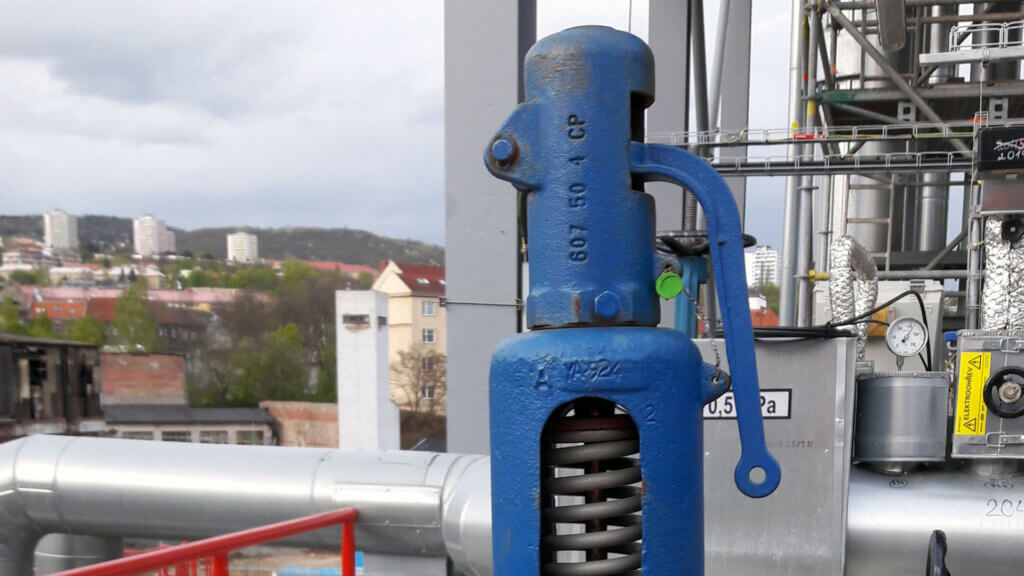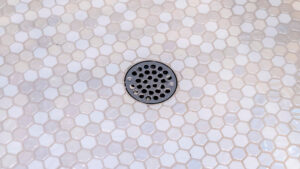Pressure relief valves are critical components in industrial systems, ensuring safety and preventing catastrophic failures. Proper pressure relief valve maintenance is essential to ensure their effectiveness and longevity. In this article, we will explore the key aspects of maintaining these vital devices, providing you with the knowledge needed to keep your systems running smoothly.

Understanding Pressure Relief Valves
Pressure relief valves are designed to release excess pressure from a system, preventing potential damage or explosions. They are commonly used in various industries, including oil and gas, chemical, and manufacturing. A well-maintained valve ensures that pressure does not build up to dangerous levels, safeguarding both equipment and personnel.
Types of Pressure Relief Valves
There are several types of pressure relief valves, each suited for different applications:
- Spring-loaded valves: These are the most common type, using a spring to keep the valve closed until the pressure reaches a predetermined level.
- Pilot-operated valves: These use a pilot valve to control the main valve, offering precise pressure control.
- Thermal relief valves: Designed to release pressure caused by thermal expansion, these valves are essential in systems exposed to temperature fluctuations.
The Importance of Regular Maintenance
Regular pressure relief valve maintenance is crucial to ensure their reliability and effectiveness. Poorly maintained valves can lead to system failures, costly repairs, and potential safety hazards. By implementing a comprehensive maintenance plan, you can extend the lifespan of your valves and prevent unexpected issues.
Steps for Effective Pressure Relief Valve Maintenance
1. Visual Inspection
Begin with a thorough visual inspection of the valve and its components. Look for signs of wear, corrosion, or damage that could impact its performance. Check for any visible leaks or blockages that may affect the valve’s operation.
2. Functional Testing
Perform regular functional tests to ensure the valve operates correctly. This involves simulating pressure conditions to verify that the valve opens and closes as expected. Document the test results for future reference and comparison.
3. Cleaning and Lubrication
Keep the valve clean and free from debris by regularly cleaning its components. Lubricate moving parts to reduce friction and wear, ensuring smooth operation. Use appropriate lubricants recommended by the valve manufacturer to avoid compatibility issues.
4. Calibration and Adjustment
Periodically calibrate and adjust the valve to maintain its set pressure. Over time, settings may drift due to environmental factors or mechanical wear. Regular calibration ensures the valve continues to operate within its specified parameters.
5. Replacement of Worn Parts
Identify and replace worn or damaged parts promptly. Common components that may require replacement include springs, gaskets, and seals. Using genuine parts from the manufacturer ensures compatibility and reliability.
Documentation and Record-Keeping
Maintaining detailed records of all maintenance activities is essential for tracking the performance and history of your pressure relief valves. This information can help identify trends and potential issues, enabling proactive maintenance and reducing the risk of unexpected failures.
Training and Competency
Ensure that personnel responsible for pressure relief valve maintenance are well-trained and competent. Investing in training programs and certifications can enhance the skills of your workforce, leading to more effective maintenance practices.
Common Challenges in Pressure Relief Valve Maintenance
Despite best efforts, several challenges may arise during pressure relief valve maintenance:
- Access issues: Valves located in hard-to-reach areas can complicate maintenance tasks.
- Environmental factors: Extreme temperatures or corrosive environments can accelerate wear and tear.
- Budget constraints: Limited resources may hinder the implementation of comprehensive maintenance plans.
Overcoming Challenges
Addressing these challenges requires strategic planning and resource allocation. Prioritize critical valves and allocate resources accordingly to ensure the most significant impact on system safety and performance.
Innovations in Pressure Relief Valve Maintenance
Advancements in technology have led to innovative solutions for pressure relief valve maintenance. Predictive maintenance techniques, such as using sensors and data analytics, can help identify potential issues before they become significant problems. By embracing these innovations, industries can enhance their maintenance practices and improve system reliability.
External Resources
For a more comprehensive understanding of pressure relief valves, visit Understanding Pressure Relief Valves.

Conclusion
Proper pressure relief valve maintenance is essential for ensuring the safety and reliability of industrial systems. By following best practices and embracing new technologies, industries can extend the lifespan of their valves and prevent costly failures. Remember to prioritize regular inspections, testing, and documentation to maintain optimal performance.
Frequently Asked Questions
What are the signs of a failing pressure relief valve?
Signs of a failing valve include visible leaks, unusual noises, or failure to release pressure at the designated set point. Regular inspections and testing can help identify these issues early.
How often should pressure relief valves be tested?
The frequency of testing depends on the specific industry and application. However, it is generally recommended to test valves at least once a year to ensure optimal performance.
Can pressure relief valves be repaired?
Yes, many pressure relief valves can be repaired by replacing worn or damaged components. However, it is essential to use genuine parts and follow manufacturer guidelines to maintain valve integrity.
For more information on pressure relief valves, check out our design standards and ASME code. For troubleshooting tips, visit our troubleshooting guide.
This article contains affiliate links. We may earn a commission at no extra cost to you.




